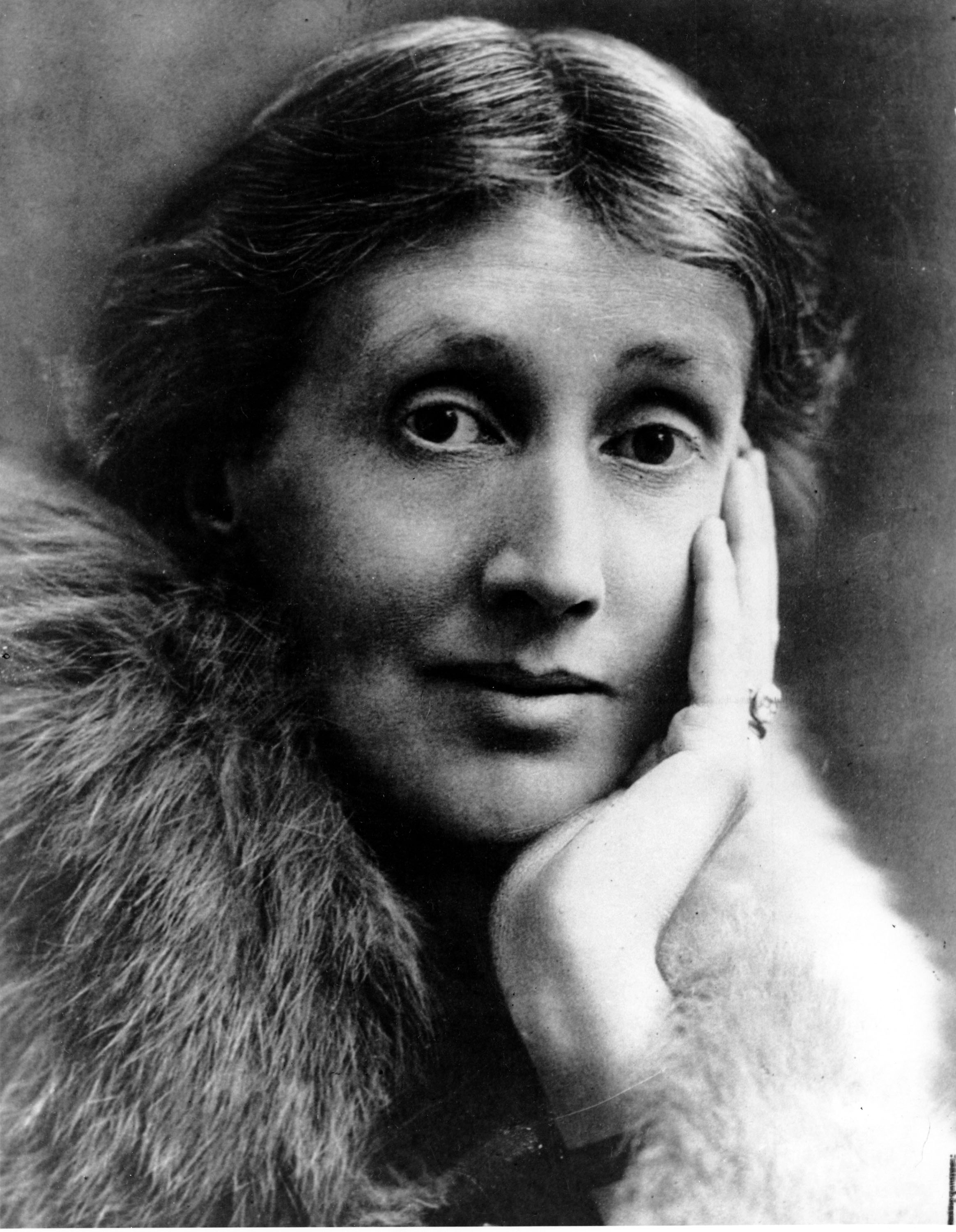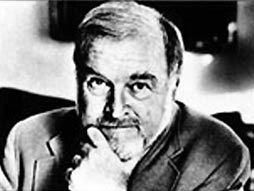
Creative writers know that feeling of being in the zone: the wheels are turning, placidly moving you and your characters forward so you’re in the flow, the outside world falling away, and this imaginary world you’ve invented is sparking every one of your senses and the outside world has become nonexistent. It’s trance-like. And it’s only after this trance-like state of mind has occurred that we become aware of it because to be conscious of its presence in the moment would send it back into hiding like an owl at the first blush of dawn.

http://virginiawoolfblog.com/virginia-woolf-had-teeth-pulled-to-cure-her-mental-illness/
Virginia Woolf writes about this phenomenon of getting lost in the creative process in To the Lighthouse:
“Can’t paint, can’t write, she murmured monotonously, anxiously considering what her plan of attack should be. For the mass loomed before her; it protruded; she felt it pressing on her eyeballs. Then, as if some juice necessary for the lubrication of her faculties were spontaneously squirted, she began precariously dipping among the blues and umbers, moving her brush hither and thither, but it was now heavier and went slower, as if it had fallen in with some rhythm which was dictated to her (she kept looking at the hedge, at the canvas) by what she saw, so that while her hand quivered with life, this rhythm was strong enough to bear her along with it on its current. Certainly she was losing consciousness of outer things. And as she lost consciousness of outer things, and her name and her personality and her appearance, and whether Mr. Carmichael was there or not, her mind kept throwing up from its depths, scenes, and names, and sayings, and memories and ideas, like a fountain spurting over that glaring, hideously difficult white space, while she modeled it with green and blues.” (18) Susan Perry, Writing in Flow
Writers yearn for these slippages in time because it’s during this boundary-less, water-like immersion with our characters, their world, and our subconscious that we tend to get our best work done or at least get most of our work done. It’s what Mihaly Csikszentmihalyi coined as flow. Csikszentmihalyi writes:
“We have called this state the flow experience, because this is the term many of the people we interviewed had used in their descriptions of how it felt to be in top form: ‘It was like floating,’ ‘I was carried on by the flow.’ It is the opposite of psychic entropy… and those who attain it develop a stronger, more confident self, because more of their psychic energy has been invested successfully in goals they themselves had chosen to pursue.”

http://www.ted.com/talks/mihaly_csikszentmihalyi_on_flow
In her book, Writing in Flow, which is the result of Susan Perry’s in-depth interviews with several well-known writers, Perry says that experiencing flow typically occurs when writing creatively, such as fiction or poetry, rather than journalistically. Clearly, it happens when the writer unhooks from her reality and crosses the threshold to her subconscious, the all knowing place we possess deep within that gets muted by the racket and responsibilities of our daily lives.
Perry also says that while most writers can’t explain how they achieve flow and don’t have a specific method for achieving it, they agree that something different happens in their minds and in their writing when they reach this dissociative state. While anyone who has ever experienced it can attest to something happening in the mind, I believe something happens in the body, as well.
As a college writing professor, I always encouraged my students to write with their whole selves, rather than cutting themselves off at the neck and writing only from their heads, which seems to be the inherent project of academia. I wanted my students to engage their hearts, too, but not in a sentimental way. I wanted them to throw themselves into the mosh pit of discourse on their topics of interest with every ounce of passion they could draw up.
I now know that I was intuiting this process I’ve developed called Writing Through the Body™, although I hadn’t even an inkling then of how to explain it to them, or to myself, for that matter. Whenever I made this statement to them—Write with your whole self—a few nodded in agreement, but most of them looked at me blankly. It wasn’t until I had the revelation that my Divination Deck (created in 2005) and these writing workshops I’d been tossing around in my mind even longer should be combined. That’s also when I realized that the magical experience I had had years before when writing my novel, Miranda’s Garden, occurred because I had achieved a massive unblocking of energy, and I was able to enter and access my subconscious in ways I had never done before. With the coalescing of these seemingly separate ideas and projects, Writing Through the Body™ was born.
When I posted a notice on social media in the Fall of 2013 announcing the beta test for my first online Writing Through the Body™ workshop, someone responded and expressed interest. He quickly realized that the “TM” near the title was the trademark symbol and didn’t stand for “transcendental meditation,” as he had first imagined. When I explained the concept of the workshop, this was his reply: “I might be more interested if it involves meditation. Not sure I want to get into the chakra stuff.”
Unfortunately, some people have a negative view of the chakras, if they have one at all, thinking they are an off-shoot of the new age movement and nothing more than new age vernacular, but people like Caroline Meis and Deepak Chopra have helped normalize the misconceptions of chakras and demystify their meaning by introducing them into the mainstream. We still have much to learn, however, about these powerful energy centers—or color wheels, as some refer to them—in our bodies so we can use them to their full potential.
Chakras are not a new or faddish creation. In fact, they have a long history in Eastern ideology, having first been realized in India.
As the Western world has progressed in its thinking and has become more aware of the connection and fluidity between our simultaneous existence in both the material and spiritual realm, and that we are not bodies and minds separate from our souls, the line between spirituality and science has also begun to merge.

http://opioids.com/endogenous/candace-pert.html
Before her death, which came far too soon in 2013, neuroscientist and pharmacologist, Candice Pert, had made significant strides regarding the understanding of neuropeptides, which are, as she explains to Bill Moyers, strings of amino acids that encase every cell in our bodies and which led her to what she called a “unified theory of emotion.”
In an interview with Adam Omkara, Pert discusses her revelation, as a researcher with a hard science background, that these energy centers she had been studying show up in the body in the same locations as the chakras. She says, “I realized in 1987 that areas along the axis, from the top of the forehead to the base of the spine, these classical chakras areas corresponded to what I called ‘nodal points.’ Places where lots of neurotransmitters and neuropeptides were released.”
Pert doesn’t distinguish between the mind and the body. She refers to what we all possess as the bodymind: one entity with no separation. She says, ““The mind is not confined to the space above the neck,” and “The ‘me’ that’s you is your whole body.”
Additionally, Pert discusses unexpressed emotion in an interview with Lynn Grodzki, and says, “I think unexpressed emotions are literally lodged lower in the body.”
As writers who take on the task of being the purveyors of our characters’ humanity, it is essential that we dislodge as much stuck emotion as possible, allowing it to move through us so we can best express our characters’ motives from an emotional and psychological standpoint. This is flow. When we block emotions, we block our chakras, and this truncates flow.
With this in mind, I created the Writing Through the Body™ process for fiction writers, which utilizes the chakras of the body to help writers access and enhance the kind of deep character development that quality, impactful writing requires. As writers, we need to have intimate relationships with our characters, which will in turn allow us to write deeper fiction, which will in turn create greater self-awareness in us.
Creative writers are, for the most part, sensitive souls. We see what many others do not. We see the veiling of human existence and sense the emotional aspects of life vibrationally. We think more deeply about life and the human condition than most. For this reason, life can be a brutal assault on our senses. To manage this assault, we must create protections for our own emotional survival, and they can become second nature to us. To write effectively, we need to be able to let down those protections, remove the blocks that we’ve so deftly put in place to self-protect, and let flow occur in the safety of our own sacred writing spaces.
This is what the Writing Through the Body™ process does. It helps writers clear energy centers and stuck emotion, which leads to a triple-faceted benefit: 1) by taking part in a meditation for each chakra, writers will begin the process of clearing each, one at a time, to allow the flow of emotion necessary for the tapping of the subconscious required to write deep fiction, 2) by focusing on a particular chakra and its positive and negative manifestations and answering a series of questions specific to each, writers can delve deeper into their characters’ psyches, giving them the ability to render their characters with more complexity, and 3) while engaging in this process, writers will realize the personal benefit of becoming more grounded and more aware of themselves and the world around them. As Csikszentmihalyi asserts:
“The optimal state of inner experience is one in which there is order in consciousness. This happens when psychic energy—or attention—is invested in realistic goals, and when skills match the opportunities for action. The pursuit of a goal brings order in awareness because a person must concentrate attention on the task at hand and momentarily forget everything else. These periods of struggling to overcome challenges are what people find to be the most enjoyable of their lives. A person who has achieved control over psychic energy and has invested it in consciously chosen goals cannot help but grow into a more complex being. By stretching skills, by reaching toward higher challenges, such a person becomes an increasingly extraordinary individual.”
As writers, our “consciously chosen goal” is to write characters with depth that take our readers to places they otherwise would not go, to connect with them, to make meaning of life. Imagine the difference we can all make by enhancing our ability to get into flow, to access the depths of our subconscious and render more complex and meaningful stories while simultaneously enhancing our own sense of well being.
What do you do to achieve flow?






